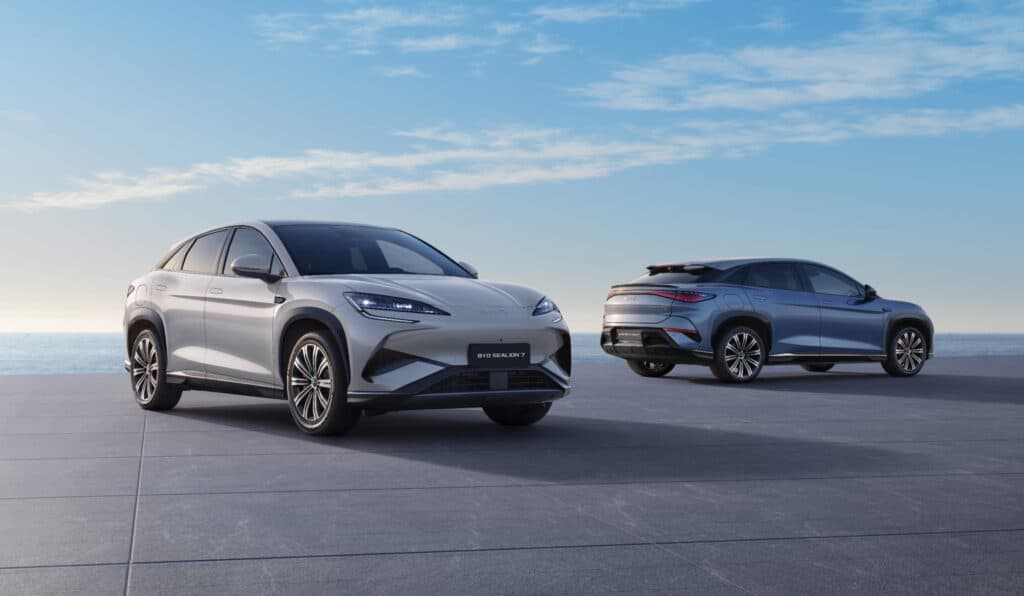After months of turbulence, Tesla is showing signs of a recovery in China. However, global challenges continue to weigh heavily on the EV giant.
Tesla’s Shanghai Gigafactory, the automaker’s powerhouse for both local and international markets, posted an encouraging uptick in June 2025. Deliveries from the facility reached 71,599 units, marking a 16% increase over May and a slight 0.8% gain year-over-year, according to the China Passenger Car Association. While a modest win on paper, it breaks a nine-month losing streak and hints at stabilising demand in the world’s largest EV market.
This localised growth couldn’t come at a better time. Globally, Tesla just reported its Q2 2025 delivery total: 384,122 vehicles, a 13% drop compared to the same quarter last year. The numbers fell in line with Wall Street’s conservative estimates. Yet, they underscore an unsettling truth—the company is no longer riding the explosive growth curve it once commanded.
China: A Glimmer Amidst the Fog
Tesla’s rebound in Shanghai may be partly fueled by a shift in tone from Chinese regulators, who are said to be softening their stance on Tesla’s Full Self-Driving (FSD) technology. With approval pathways opening and local competition intensifying, the stakes for market share in China are only getting higher.

And competition is fierce. BYD, Tesla’s primary rival in China, reported 377,628 global sales in June alone—an 11% year-on-year increase that continues to dwarf Tesla’s figures. Add to that Xiaomi’s rapid ascent with its affordable SU7 sedan and newly introduced YU7 SUV, both of which are undercutting Tesla on price and pulling in strong monthly numbers.
Production vs. Demand: A Growing Imbalance
Despite the glimmer in Shanghai, Tesla’s global inventory is quietly swelling. The company produced 410,244 vehicles in Q2, outpacing deliveries by more than 25,000 units. It’s a repeat of the imbalance seen in Q1, albeit without the Model Y production ramp excuse.
Even more telling is the trajectory of Tesla’s market share. Analysts at Counterpoint Research predict the company’s global share will shrink to 13% in 2025, while BYD’s could soar to 20%. And with overall demand cooling in Europe and China, and growing political scrutiny of Elon Musk himself, Tesla’s once-lofty market position is facing real erosion.
Not All Bad News
Amid the mixed signals, Tesla did manage to enhance the appeal of its long-range Model 3 in China. The vehicle’s range has been increased to 753 km (468 miles), and its price raised by 3.6%—a rare move in a market often driven by discounts.
Tesla also held relatively steady in its energy storage division, deploying 9.6 GWh in Q2. While slightly down from Q1’s 10.4 GWh, it mirrors year-ago performance, showcasing some consistency in a volatile quarter.
Final Take
Tesla’s June bounce in China offers a short-term morale boost—but it doesn’t erase the broader concerns. With production outpacing demand, competition heating up, and a clear shift in global EV dynamics, Tesla finds itself at a crossroads. The second half of 2025 will be pivotal in determining whether this recent rebound is the start of a turnaround or just a temporary detour on a bumpy road ahead.
For more information, visit Tesla’s official website.
👉 Please 📩SUBSCRIBE to us for more real-world EV analysis, news, and deep dives — written for EV fans by EV fans.
Hey, I’m Badal! I’m super passionate about cars—especially electric ones. Whether it’s EVs, electric trucks, bikes, or anything with a battery and wheels, I’m all in. I love writing blogs and articles that break things down for fellow enthusiasts and curious readers alike. Hope you enjoy the ride as much as I do! Enjoyed reading? You can buy me a coffee on PayPal ☕ → paypal.me/BadalBanjare
